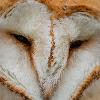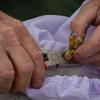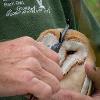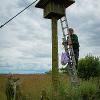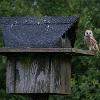Our 2024 Report is now available in the Annual Report section
Shropshire Barn Owl Group 2023 report is now available in our Annual Report pages
Our 2022 Annual report is now available in our Annual Reports pages. 2022 has proven to be our most successful year yet, with 235 barn owl chicks produced - that's over two and a half thousand since we began twenty years ago.
November 2022
'Barn Owls, back from the brink' - our latest article published in the Shropshire Wildlife Trust's magazine, Wildlife.
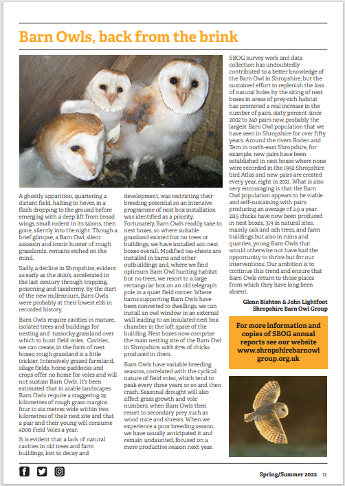
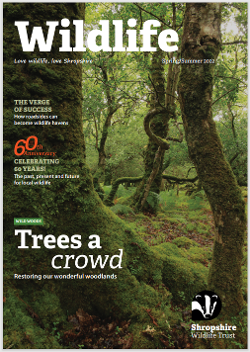
April 2022
Our 2021 Annual Report is now available in our Annual Reports pages
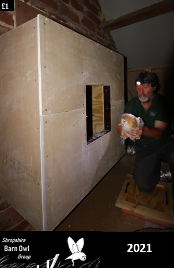
January 2022
In a new paper published in the Shropshire Bird Report 2020, Shropshire Barn Owl Group describe how juvenile Barn Owls move the minimal distance required from their place of birth to secure suitable feeding habitat, roost sites, a mate and a nest site.
The full article can be found in the 'Published Results' section below.
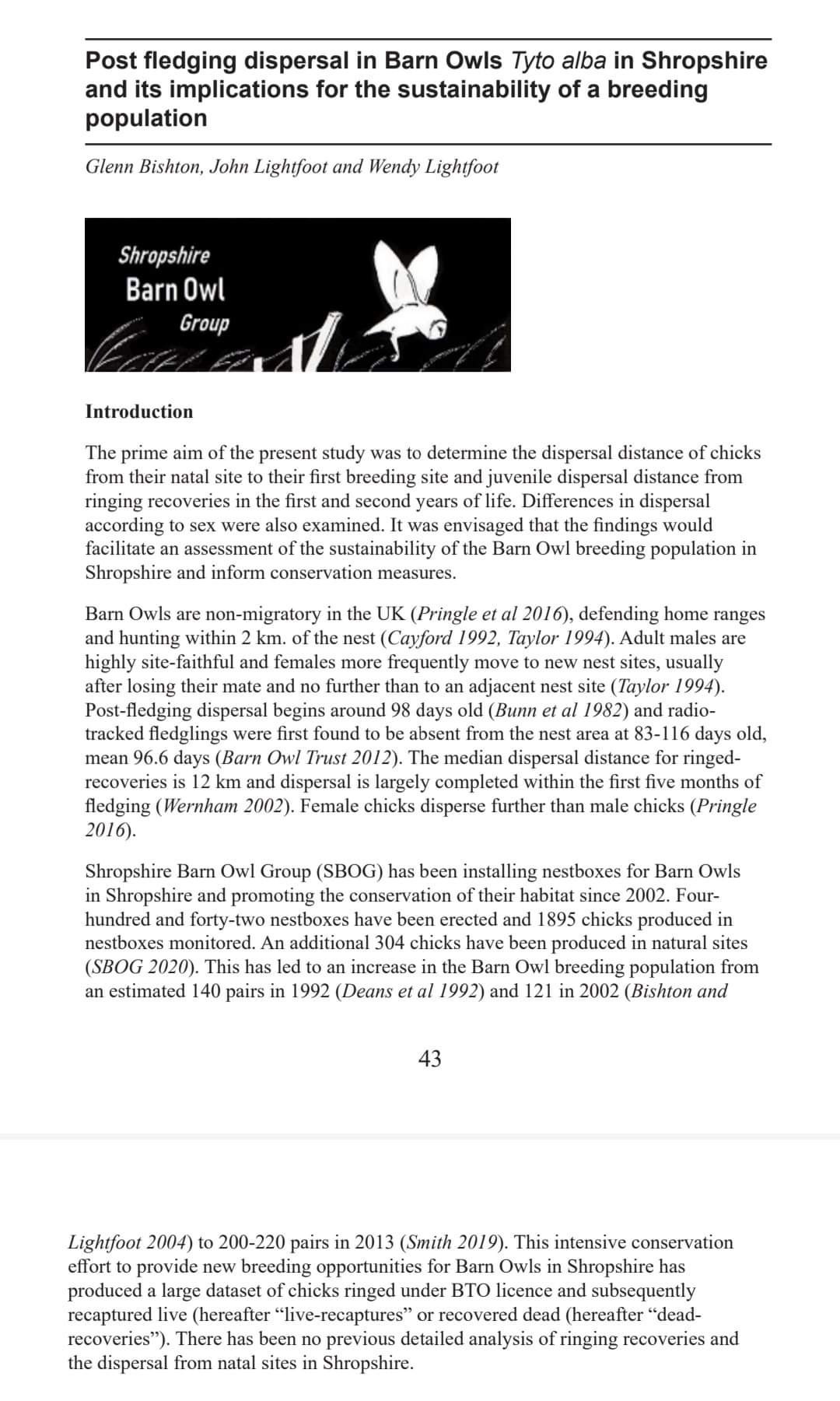
December 2021
The results for 2021 are now in and we have broken our record - 233 young Barn Owls were produced in Shropshire Barn Owl Group nestboxes and natural sites this summer, the highest annual number of young in twenty years of monitoring. In addition, we achieved a second milestone with over 2000 Barn Owl chicks now produced in our nestboxes since 2002. Nestboxes, along with habitat creation, are the cornerstone of this success. 87% of young Barn Owls over the last two decades have been produced in nestboxes, which emphasises the value of nestboxes to Barn Owls and their dependency on them. Without nestboxes, we simply would not have seen the rise in the number of breeding pairs from around 121, when the Shropshire Barn Owl Group started out in 2002, to 200 pairs today. A big thank you to all the farmers and other landowners who want to see Barn Owls return to their land and allow us to install the nestboxes. We will publish our 2021 Annual Report in due course, which will be available on our website.
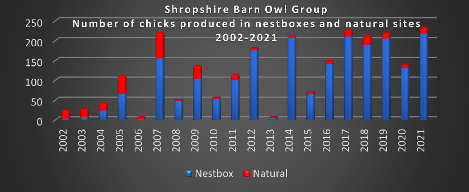
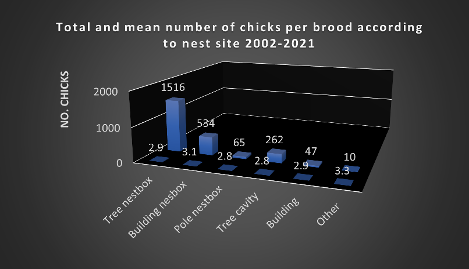
October 2021
223 young Barn Owls have been produced in Shropshire Barn Owl Group nestboxes and natural sites this summer. This is the second highest number of young in twenty years of monitoring, 2017 setting the bar at 225 chicks.
Eight new Barn Owl pairs have also been created this year.
With a few records yet to come in, it's looking very likely that we will have the most successful breeding season so far!
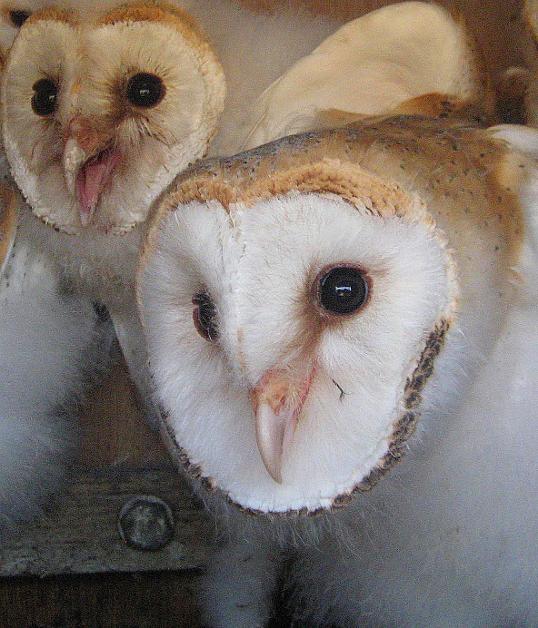
August 2021
See our 'Owl windows and loft space' section for the latest development in the National Trust barn conversion and barn owl window.
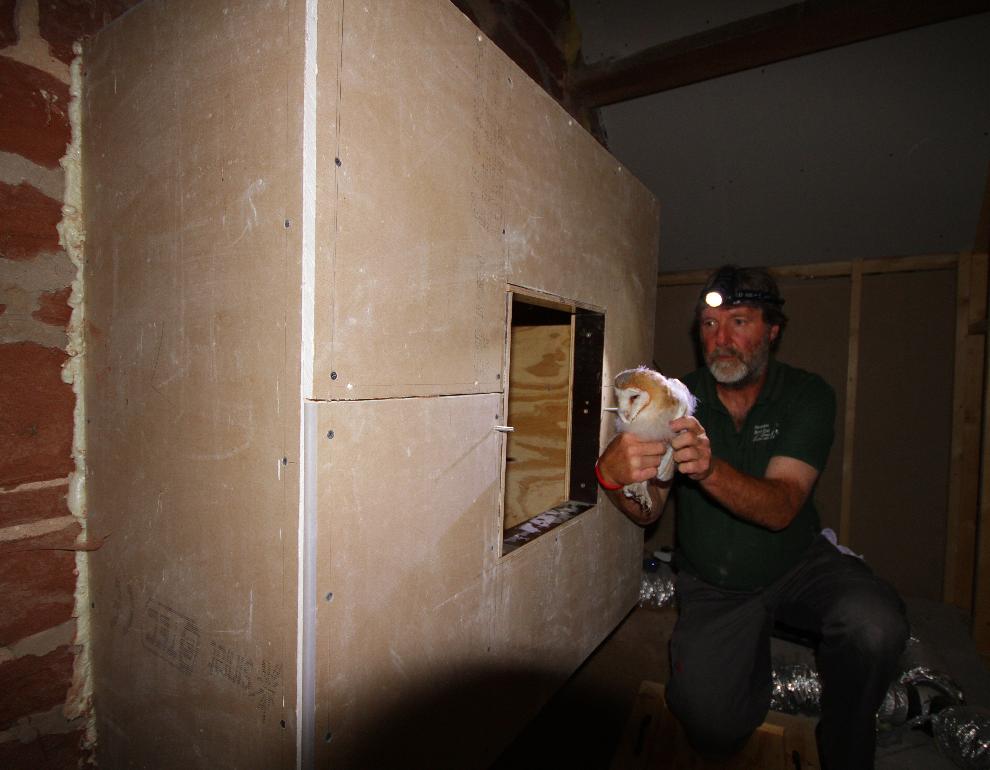
July 2021
Tim Preston, Shropshire Wildlife Photographer, joined the Shropshire Barn Owl Group for an afternoon of monitoring and ringing. This is his account of the event.
Earlier this week I was extremely privileged to have spent an afternoon with John, Wendy and Glenn from the Shropshire Barn Owl Group. I joined them at a site where I have been watching owls for the last 2 years.
After introductions we headed to the nest. It was thought that there were 2 chicks in the nest after Glenn had done a preliminary check. As John climbed the well extended ladder to the nest I felt a little excited, this was a special treat. John peered into the nest for a few minutes before reaching in. "There's 3!" he announced. "And they're big!" John carefully reached in and delicately removed each owlet. The owlets were placed into individual bags to keep them safe whilst they were weighed, measured and ringed.
As John handled each owl it was like watching a surgeon perform an operation. Each little owl was handled like a fragile piece of glass. The care and attention paid to these wonderful birds was like nothing I had seen. Their weight was taken, the scales topped out at just over 400g for each of them, I learned they can be heavier now than they will be in adulthood! The length of the wing feathers was measured to determine the age, in this case they were between 54 and 58 days old - almost ready to fledge. Each head was measured and recorded. Before ringing the legs were measured too. Nothing was rushed, everything was calm and John and Wendy worked like clockwork as tools passed back and forth and measurements were recorded. Even whilst the talons were untangled from the material bags it was so precise and gentle.
All 3 owls were returned safely to their nest no worse off for their experience. I was honoured to have been able to witness this and hopefully, fingers crossed, it won't be long until I see these youngsters gliding around the fields too..
Huge thanks to Glenn, John and Wendy for allowing me an insight in to their fabulous work that they have been carrying out since 2002.
June 2021
Pleased to report that the owl window nestbox that we built in a barn under development by the National Trust has proved successful in attracting breeding barn owls within the first year! For further details see our section on 'Owl windows and loft space'.
March 2021
Our 2020 annual report is now available under 'Annual reports'
March 2021
A report by SBOG summarising the breeding success of the Barn Owl in Shropshire from 2002 to 2019 is now published in the Shropshire Bird Report 2019. A copy is included in our 'Published results' section on this website.
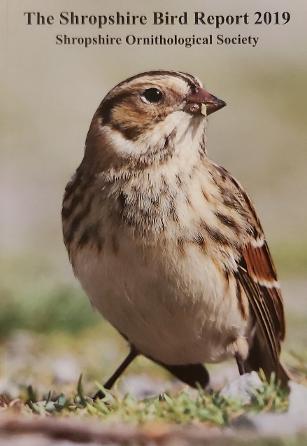
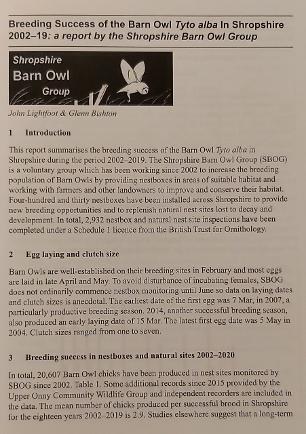
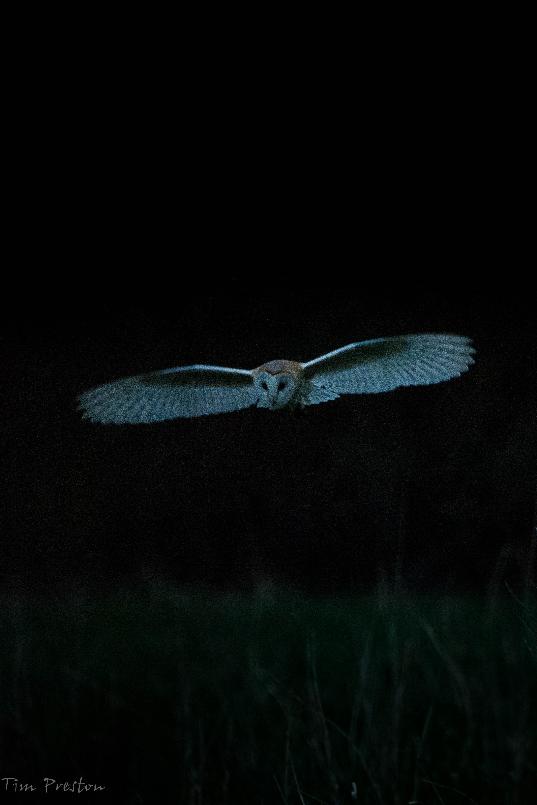
March 2020
Our 2019 Report is now available under 'Annual Reports'
Some highlights include:
68 breeding pairs recorded
Seven new breeding pairs established
219 chicks produced
The third most productive breeding season since we formed in 2002
December 2019
After six years of fieldwork and a further six years in the writing, 'The Birds of Shropshire' is now available.
Published by the Shropshire Ornithological Society, the book is the most comprehensive record of the County's avifauna ever published. Tracing the occurrence and distribution of all birds recorded in Shropshire from the 1800's, and even earlier, to the present day, this book will shape conservation priorities in Shropshire for decades to come.
The Barn Owl account, prepared by Shropshire Barn Owl Group, offers some hope in that the breeding population of Barn Owl is now estimated to be in the region of 200-220 pairs compared to an estimated 140 in the 1992 Shropshire Atlas.
The map of the Breeding Distribution Change shows gains as well as losses, but clearly shows increases in areas where we installed nestboxes. Without the nestbox programme, the decline, which accelerated after the second World War and was still evident at the end of the twentieth century, would undoubtedly have continued.
While our survey work and data collection has contributed to better knowledge, the sustained effort to promote the conservation of the Barn Owl's habitat and to replenish the loss of natural nest sites by the siting of nestboxes in areas of good feeding habitat has promoted a real increase in the number of pairs.
Now we must strive to keep them there.
November 2019
Preliminary results from our monitoring of 182 nestboxes and natural sites between June and October are now available.
197 barn owl chicks were produced, mainly in tree nestboxes, but also in internal T-chest nestboxes, pole nestboxes and natural tree nest sites.
Unfortunately, 43 chicks were lost, probably due to starvation during the heavy rainfall early in the summer.
Seven new breeding pairs were established in SBOG nestboxes, all contributing to the steady increase in the barn owls breeding population in Shropshire.
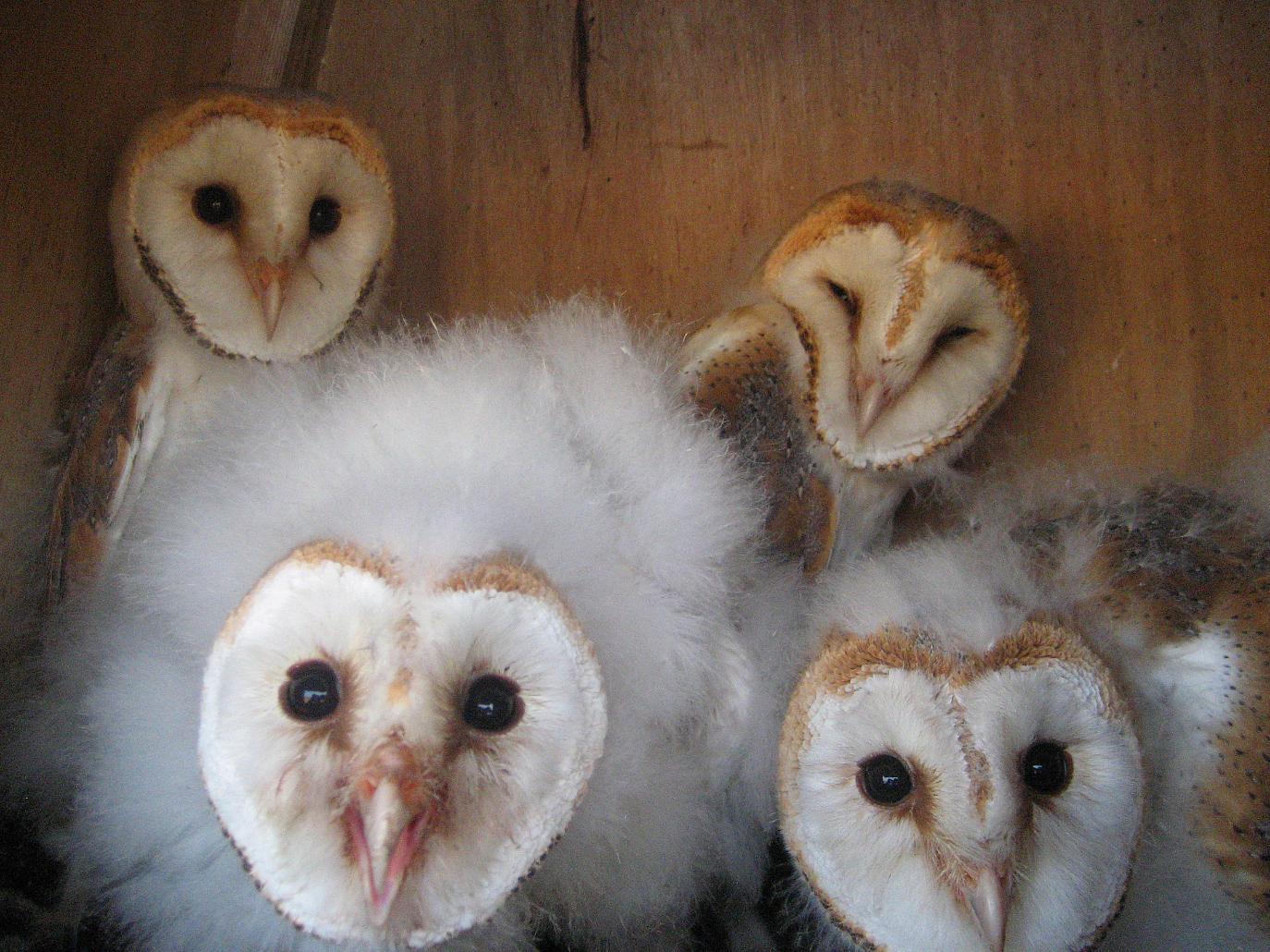
October 2019
Another eight barn owl chicks ringed on 29 September in the foothills of the Wrekin. With an average age of 40 days these young will probably fledge as late as November.
Over 120 young barn owls produced so far this summer, mainly in our nestboxes.
August 2019
Over 80 young barn owl chicks produced so far this summer with some pairs still incubating eggs!
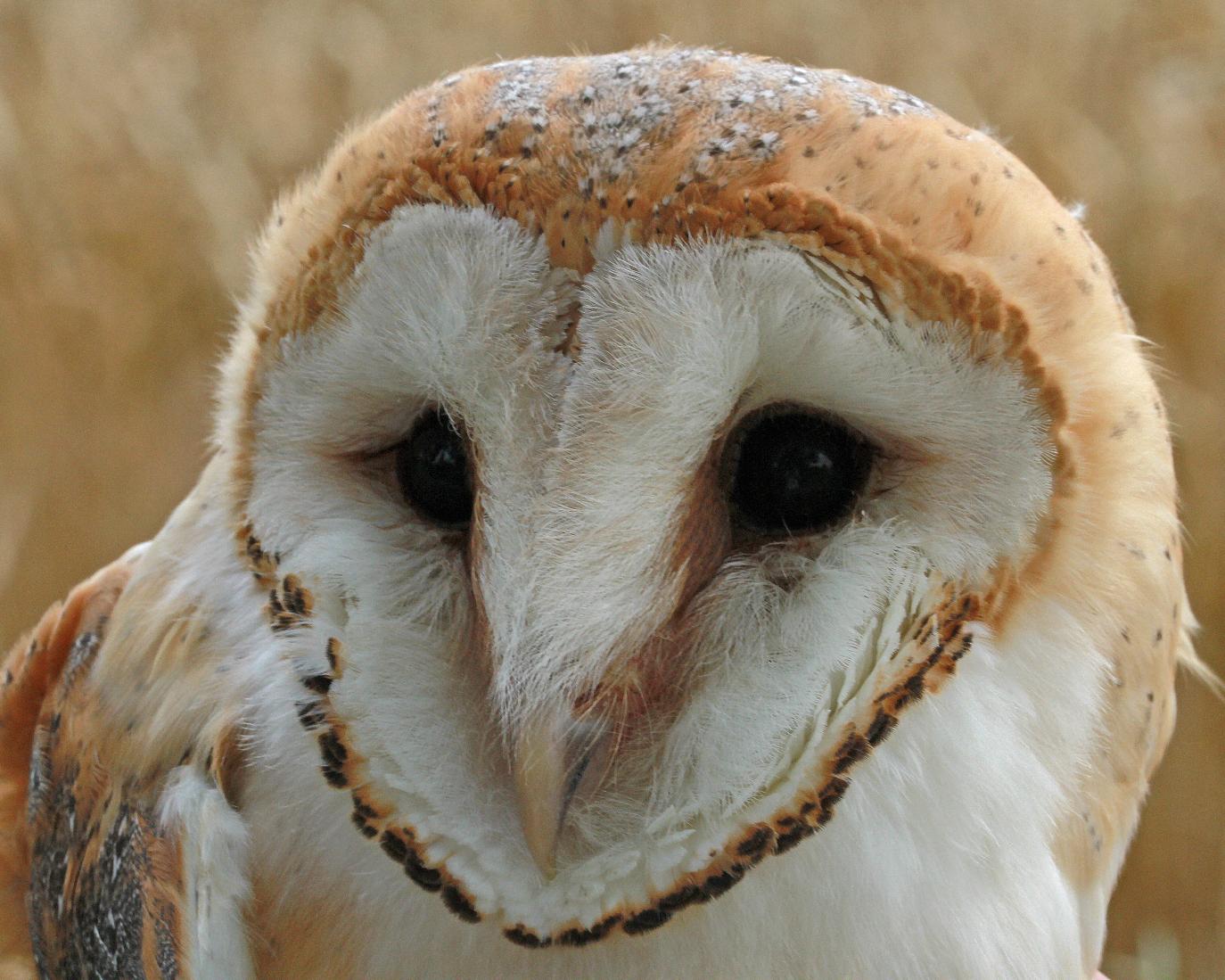
April 2019
The State of the UK Barn Owl population 2018 report is now available. 37 groups in the UK contributed breeding data to the report prepared by the Barn Owl Trust. Overall, 2018 was a poor year for Barn Owls but Shropshire bucked the trend with a high number of breeding pairs.

|
State-of-the-UK-Barn-Owl-Population–2018.pdf Size : 2003.569 Kb Type : pdf |
April 2019
Shropshire Barn Owl Group
Annual Report 2018
Now available under the annual reports section
February 2019
Barn Owl activity at Shifnal site
We are encouraged to see that a barn owl has been recorded at the second nestbox installed earlier last year at a Shifnal site - see below. Although there was some regular barn owl activity at this site they appeared to be constantly thwarted in their breeding attempts by stock doves. So, we opted to install a second tree nestbox close by and the enthusiastic landowners, keeping a regular look out for barn owls, managed to obtain the night-camera images of a barn owl using the nestbox.
2019 may well see a new breeding pair established at this site!!
January 2019
Roost boxes
The Shropshire Barn Owl Group has been experimenting with a roosting box designed by John Lightfoot. The box utilises an old plastic drum with a entrance hole cut out in the front and an open base to discourage jackdaws and stock doves from using it as a nest site. Designed to be cheap and cheerful and quick to install the idea is that it will provide a safe and warm roost site for a member of a pair occupying a nearby nestbox. Roosting barn owls can be observed perched inside the box from a distance without disturbing them and white splash markings on the ground or tree trunk will allow us to determine if the box is in use.
We have installed three so far and one has already been occupied by a roosting barn owl. The plan is to install a roost box whenever we install a new nestbox and to monitor their use.
January 2019
Another internal T-chest recently installed in a Dutch barn near the Severn Gorge, Ironbridge. Sightings of a barn owl in the vicinity and a probable roost cavity in a old ash tree prompted the installation of the nestbox. We await with interest for any signs of activity around the barn.
Two more nestboxes recently installed to add to the 414 already installed across Shropshire - a tree box near Shifnal and an internal tea-chest in a delightful old barn near Much Wenlock.
Stock doves have repeatedly occupied a tree nestbox at the Shifnal site, preventing access by the resident barn owl, site so we opted to erect another box close by to provide an alternative breeding site for the barn owl, reducing competition.
The barn has been regularly occupied by a roosting barn owl and the presence of a substantial quantity of pellets suggests that the bird is feeding well over some good rough grassland adjacent to the barn. The signs for creating a new pair are looking good.
Our 2017 Annual Rep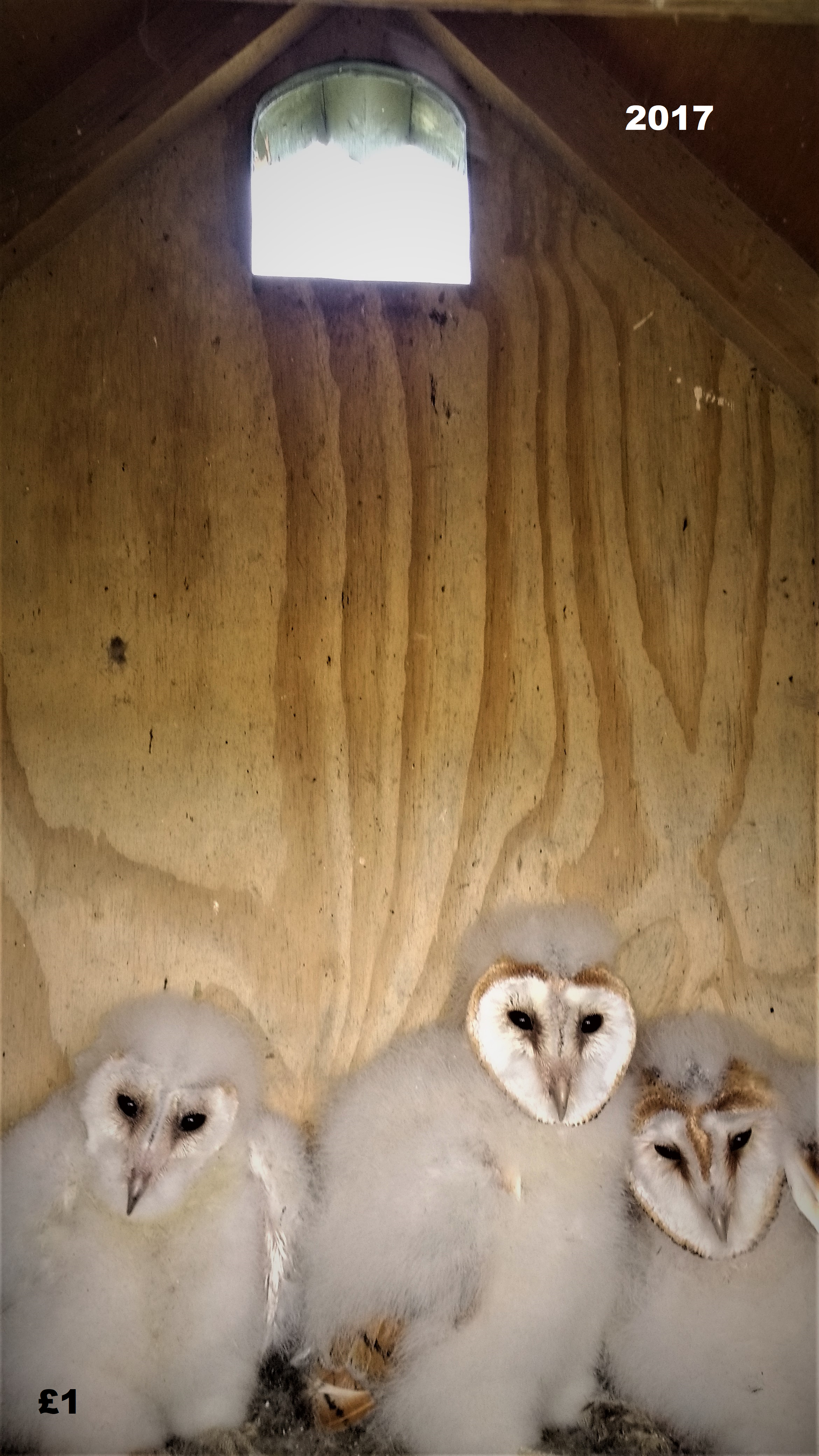 ort is now available in the Annual Reports section
ort is now available in the Annual Reports section
Barn Owls and the danger of water troughs
SBOG recorded four cases of barn owls drowned in farmland water troughs in 2017, highlighting the problems that they face when attempting to bathe. The first report was from Selattyn where a juvenile, ringed on the 18 June in a SBOG nestbox, was recorded drowned in a trough just 42 days later and only 400 yards away on the 19 July. The second and third owls were found in the same trough at Alkington on the 2nd September and the 19 October respectively. The land owner has now drained the trough. A fourth bird was discovered in a trough by new landowners on moving on to the property and appeared to have been there for a while. The indications are that less experienced young barn owls dispersing from their natal site are more susceptible to drowning in water troughs.
This cause of death is preventable by taking simple measures to install a wooden float in the trough without obstructing livestock. If the trough is no longer required, then drain it. Further details are available on the Barn Owl Trust’s website at www.barnowltrust.org.uk.
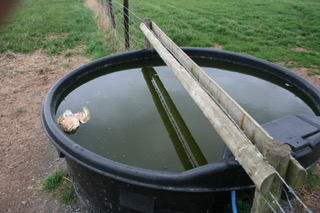
The 2017 breeding season - early indications
Early indications are that the 2017 breeding season will prove to be successful with good numbers of young barn owl produced. There may also be some second broods. A good breeding season following on from a successful season in the previous year appears to be an increasingly evident but irregular trend. Several new pairs have already been identified which are most welcome additions to the barn owl population in Shropshire.
-------------------------------------------------------------------------------------------------------------------------------------------------
Our 2016 Annual Report is now available in the Annual Reports section
______________________________________________________________________________________________________
Our 2015 Annual Report is now available in the Annual Reports section.
______________________________________________________________________________________________________
The 2015 breeding season - early indications
Monitoring of nestboxes and natural sites is ongoing and early results suggest that, as expected, 2015 will not prove to be such an active breeding season as last year. 2014 was a peak breeding season in terms of the number of young produced and the second best since monitoring began in 2002. In accordance with the cyclical nature of barn owl breeding in Shropshire 2015 is expected to show a dip following a peak in 2014.
Barn owls appear to breeding sporadically, with some early nesters and some breeding later, while other pairs have failed to breed. Encouragingly, new pairs continue to be established which builds on the new pairs created in earlier years and is a positive step on their road to recovery in Shropshire.
______________________________________________________________________________________________________
Our 2014 Annual Report is now available for viewing in the Annual Reports section.
Mobile release aviary
Our new mobile release aviary was used for the first time this year on the land of Jayne and Mark Edwards who take up the story:
A young female Barn owl, possibly from a second brood of a known breeding pair of Barn Owls on the Shropshire/Staffordshire border was noticed frantically quartering a field on the 7th of October 2014 about 200 yards from a known nest site. Two days later the barn owl was found on a track bordering the same field, it was very weak and could not stand unassisted, so it was taken to the Cuan Wildlife Centre in Much Wenlock. It was here that her journey back to health would begin.
The owlet went through a gradual reintroduction to food. Initially being tube fed then hand fed. She was also treated with a Vit. D supplement. By the 19th October she was taking food for herself and was putting on weight. After some time in an outdoor aviary and a test flight at Cuan she was passed fit for the next phase of her rehabilitation back into the wild.
On the 6th of November, John and Wendy from the Shropshire Barn Owl Group positioned the mobile aviary about 15 feet from the known nest site in her original territory and the owl was brought from Cuan. Two dead day old chicks were placed in the feed box and the Barn owl was placed in the nest box contained in the aviary. The aviary was monitored from a distance and just over 2 hours later the owl was seen sitting on a perch in the aviary.
Initially feeding took the form of three dead chicks being placed in the feed box each day at about the same time as she would have been fed at Cuan. Over a period of time mice were introduced into her diet to try and replicate the food source she would be hunting in the wild (she still had three food items per day, a mixture of mice and chicks).
To try and reduce the level of human contact she was exposed to, the feed time was gradually moved to earlier in the day, when she was likely to be in her nest box and not in the aviary. This minimised the chances of her seeing anyone. The hope was that she would adapt to a more natural feeding time, taking her lead from the sounds of the other owls and wildlife in her surrounding area.
She took to all this, and on the 19th of November a period of dry weather was noted in the long term forecast for the area. Food was placed in the box as normal and the lid of the aviary was raised at 3.30pm. The aviary was watched until 4.45pm by which time it was starting to grow dark and there had been no sighting of her. The next morning the feed box was checked and found to be empty and she had taken her leave. Food continued to be placed in the box for a further week in case she needed to supplement her diet, but none was taken.
Our Thanks are extended to the Cuan Wildlife Centre and John and Wendy of the Shropshire Barn Owl group for all the help and assistance in the rehabilitation process of this owl. The mobile aviary has been proven to be invaluable on this first and very successful outing.
Jayne & Mark Edwards
SBOG is extremely grateful to the trustees of The Jean Jackson Charitable Trust whose generous award enabled us to fund the mobile aviary project. We would also like to thank P J Evans Agricultural Engineers, West Felton, Oswestry Tel. 01691 610377 who did us a good deal on the purchase of a quad bike which greatly assisted the siting of the aviary.
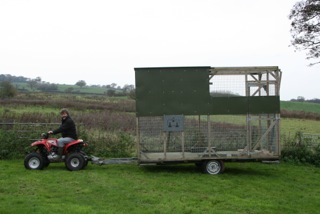
Our 2013 Annual report is now available for viewing in the Annual Reports section
Mobile Barn Owls
SBOG is frequently called upon to assist with the rehabilitation of Barn Owls that have previously been rescued, for example by Cuan House animal hospital in Much Wenlock, which does a tremendous job in taking in injured and rescued birds and other wildlife. With this in mind we constructed (that is, John Lightfoot constructed) a mobile release aviary this year following guidelines laid down by the Barn Owl Trust.
Adult barn owls are taken back to their home range and released whilst owls rescued as young birds and that have never been independent can be taken to any area of suitable habitat. The release process is a gradual one and involves towing the aviary to a site supporting suitable habitat and feeding the owl in the aviary for at least two weeks. Food is placed in the lower food box and water in a bowl on the floor. The owl is then placed inside the roosting box above the food box. The sheet metal sides prevent cats from climbing the aviary and stealing the owl’s food.
This gradual process allows the bird to develop a feeding pattern and to become accustomed to its surroundings. Once the bird appears to be suitably nourished and ready to go the roof is opened on a fine day at dusk and locked into position. Feeding continues until the owl stops returning to the aviary for food. At this point we have to assume that the bird is hunting successfully and the aviary can be withdrawn from the site.
In constructing the aviary we didn’t get much change out of £800 and feeding the owls will be a big commitment. But we think it is worth it and it really will give rescued wild barn owls the best opportunity of being successfully rehabilitated and returning to the wild to create another much needed and viable breeding pair.

|
Glyn and Delia article April 2012.docx Size : 196.577 Kb Type : docx |
November 2012
In partnership with the Shropshire Wildlife Trust and Veolia the Shropshire Barn Owl Group installed two pole nestboxes at New Works,Telford. The site and surrounding areas supported some good barn owl hunting habitat - permanent tussocky grassland - but provided no natural opportunties for barn owls to breed. The only option was therefore to resort to barn owl nestboxes on poles.
Over 20 dedicated volunteers worked hard on a bright, sunny, winters day to get the poles to the location, dig the holes for the large telegrpah poles kindly donated by Veolia, install them and fix the pole boxes. The pole boxes were constructed by the Shropshire Barn Owl Group to a recommended design and were kindly funded by the SWT.
There are no records of barn owl breeding in the immediate area of the site so we hope that a new pair will in due course become firmly established.
The photos tell the story.....
